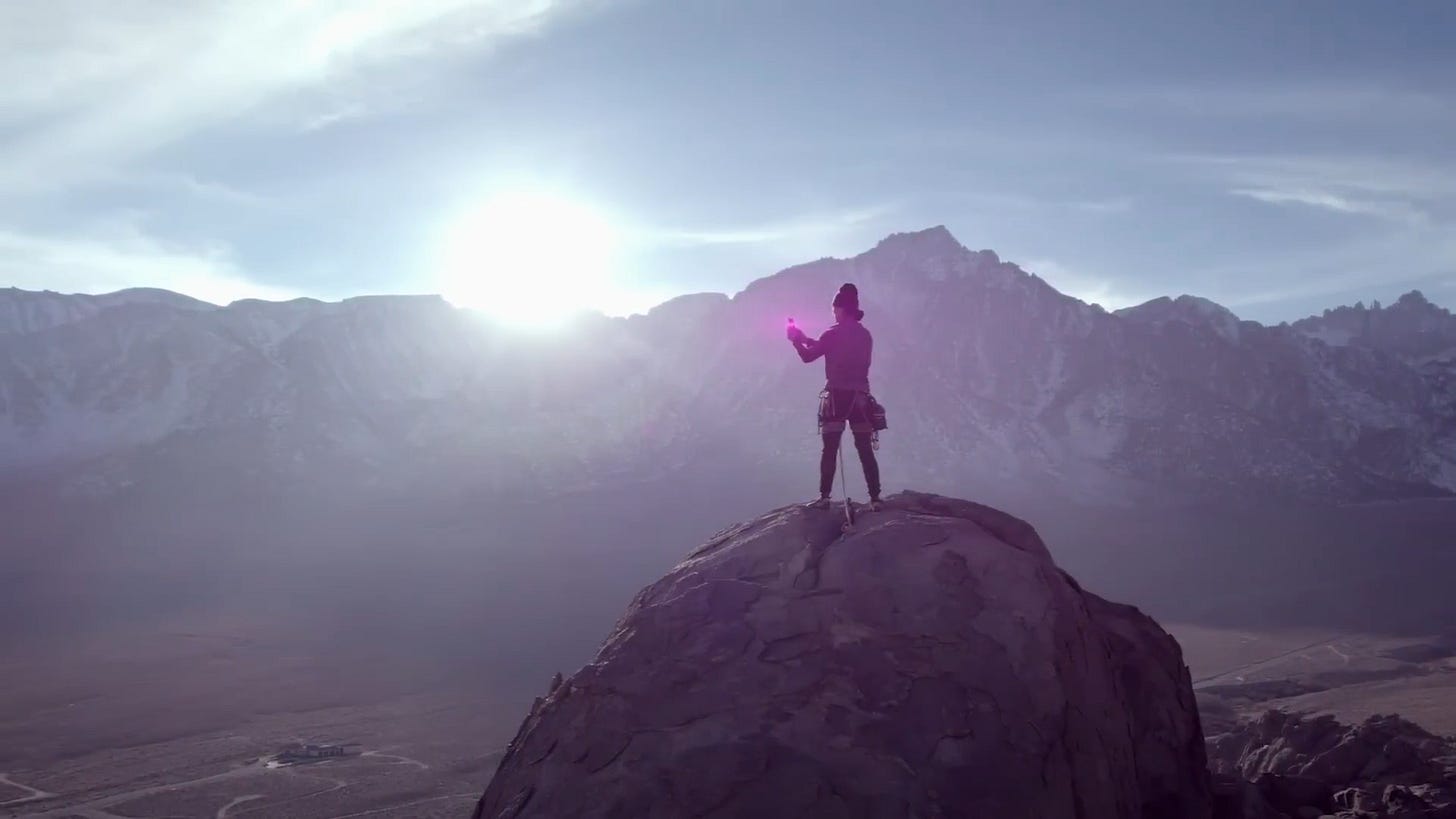Starlink direct-to-cell satellite could launch on US carriers other than T-Mobile after 2025
SpaceX promises no more dead zones on T-Mobile, as Elon Musk says the carrier's one year exclusivity means D2C could come to 'other carriers thereafter.'

🛰️ SpaceX’s direct-to-cell satellite service is coming to T-Mobile
📆 But, as expected, there’s a window: one year, according to Musk
🤳 T-Mobile will have no more dead zones later this year, says SpaceX
📡 AT&T & Verizon could get direct-to-cell satellite in 2025
🆚 However, both AT&T & Verizon previously signed with AST SpaceMobile
You’ll need to be on T-Mobile to take advantage of Starlink’s forthcoming direct-to-satellite technology in the US later this year, but it won’t be exclusive to the carrier for long. The SpaceX-provided service could launch on other US carriers one year later, according to SpaceX founder Elon Musk.
Musk defined T-Mobile’s exclusivity window for the first time on X today:
“Starlink direct to mobile phone Internet is exclusively with T-Mobile in the US for the first year, then other carriers thereafter.”
The “other carriers” statement means that direct-to-mobile or direct-to-cell (it’s been called both by SpaceX and T-Mobile in their joint announcement in 2022) could come to AT&T and Verizon as soon as 2025. Musk didn’t name any other carriers, but, really, the US has had just three major networks ever since T-Mobile bought Sprint in 2018.
What’s interesting is that AT&T and Verizon had a beef with SpaceX’s satellite service in April of this year, claiming it would cause harm to their mobile broadband networks, according to The Verge. There is no word on whether or not this newly defined exclusivity window for T-Mobile will help ease their opposition, as both US carriers have entered into an agreement with AST SpaceMobile for similar from-space tech that lasts until 2030.
One carrier in each country, then all carriers
One carrier at a time is all part of the plan, as Musk finished his post with the global vision for SpaceX’s direct-to-cell rollout: “We are starting off working with one carrier in each country, but ultimately hope to serve all carriers.”
Other carriers around the world that are lined up to use SapceX’s direct-to-cell service include KDDI (Japan), Optus (Australia), One NZ (New Zealand), Salt (Switzerland), and Rogers (Canada), according to a SpaceX press release.
No more T-Mobile ‘dead zones,’ says SpaceX
T-Mobile’s direct-to-cell satellite, launching later this year, will benefit from having no more “dead zones” in the United States, according to SpaceX senior director of satellite engineering Ben Longmire on X:
“Direct to Cell program just added 26 sats, bringing our total to 168 sats. T-Mobile will have no more dead zones in the US later this year.”
So far, we have only seen SpaceX’s direct-to-cell technology demoed for sending text messages with plans to enable voice calls later. So Starlink won’t suddenly give your iPhone 16 or Google Pixel 9 Pro XL satellite superpowers. But it may kick in if you lose internet connectivity with T-Mobile – even if you don’t have built-in SOS satellite capabilities on an older smartphone.





